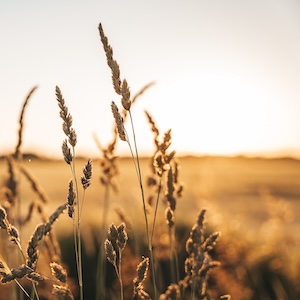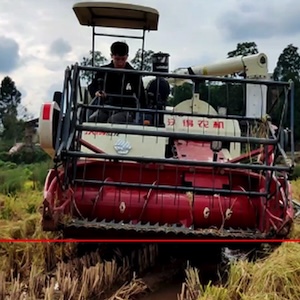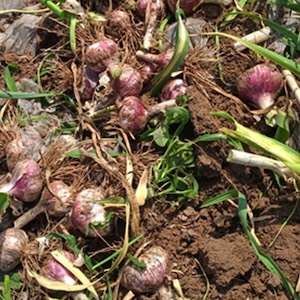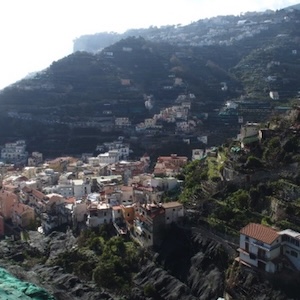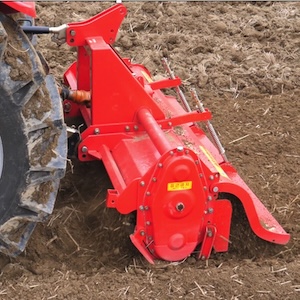Anthocyanins estimation in homogeneous bean landrace (Phaseolus vulgaris L.) using probabilistic representation and convolutional neural networks
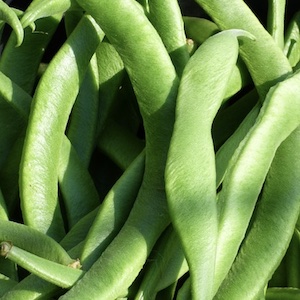
Published: 1 August 2023
Abstract Views: 746
PDF: 331
HTML: 11
HTML: 11
Publisher's note
All claims expressed in this article are solely those of the authors and do not necessarily represent those of their affiliated organizations, or those of the publisher, the editors and the reviewers. Any product that may be evaluated in this article or claim that may be made by its manufacturer is not guaranteed or endorsed by the publisher.
All claims expressed in this article are solely those of the authors and do not necessarily represent those of their affiliated organizations, or those of the publisher, the editors and the reviewers. Any product that may be evaluated in this article or claim that may be made by its manufacturer is not guaranteed or endorsed by the publisher.
Similar Articles
- José F. Reyes, Elías Contreras, Christian Correa, Pedro Melin, Image analysis of real-time classification of cherry fruit from colour features , Journal of Agricultural Engineering: Vol. 52 No. 4 (2021)
- Roberto Romaniello, Alessandro Leone, Giorgio Peri, Measurement of food colour in L*a*b* units from RGB digital image using least squares support vector machine regression , Journal of Agricultural Engineering: Vol. 46 No. 4 (2015)
- Dario Friso, Lucia Bortolini, Influence of the trajectory angle and nozzle height from the ground on water distribution radial curve of a sprinkler , Journal of Agricultural Engineering: Vol. 43 No. 1 (2012)
- Ugo Lazzaro, Caterina Mazzitelli, Benedetto Sica, Paola Di Fiore, Nunzio Romano, Paolo Nasta, On evaluating the hypothesis of shape similarity between soil particle-size distribution and water retention function , Journal of Agricultural Engineering: Vol. 54 No. 4 (2023)
- Juquan Ruan, Shuo Liu, Wanjing Mao, Shan Zeng, Zhuoyi Zhang, Guangsun Yin, Fine-grained recognition algorithm of crop pests based on cross-layer bilinear aggregation and multi-task learning , Journal of Agricultural Engineering: Vol. 55 No. 3 (2024)
- Yiming Xiao, Jianhua Wang, Hongyi Xiong, Fangjun Xiao, Renhuan Huang, Licong Hong, Bofei Wu, Jinfeng Zhou, Yongbin Long, Yubin Lan, Lychee cultivar fine-grained image classification method based on improved ResNet-34 residual network , Journal of Agricultural Engineering: Vol. 55 No. 3 (2024)
- Yusuf Uzun, Mehmet Resit Tolun, Halil Tanyer Eyyuboglu, Filiz Sarı, An intelligent system for detecting Mediterranean fruit fly [Medfly; Ceratitis capitata (Wiedemann)] , Journal of Agricultural Engineering: Vol. 53 No. 3 (2022)
- Dhanashree Barbole, Parul M. Jadhav, Comparative analysis of 2D and 3D vineyard yield prediction system using artificial intelligence , Journal of Agricultural Engineering: Vol. 55 No. 1 (2024)
- Kai Tian, Jiefeng Zeng, Tianci Song, Zhuliu Li, Asenso Evans, Jiuhao Li, Tomato leaf diseases recognition based on deep convolutional neural networks , Journal of Agricultural Engineering: Vol. 54 No. 1 (2023)
- H. Kursat Celik, Ibrahim Akinci, Nuri Caglayan, Allan E.W. Rennie, Structural strength analysis of a rotary drum mower during harvesting , Journal of Agricultural Engineering: Vol. 55 No. 1 (2024)
You may also start an advanced similarity search for this article.

 https://doi.org/10.4081/jae.2023.1421
https://doi.org/10.4081/jae.2023.1421





